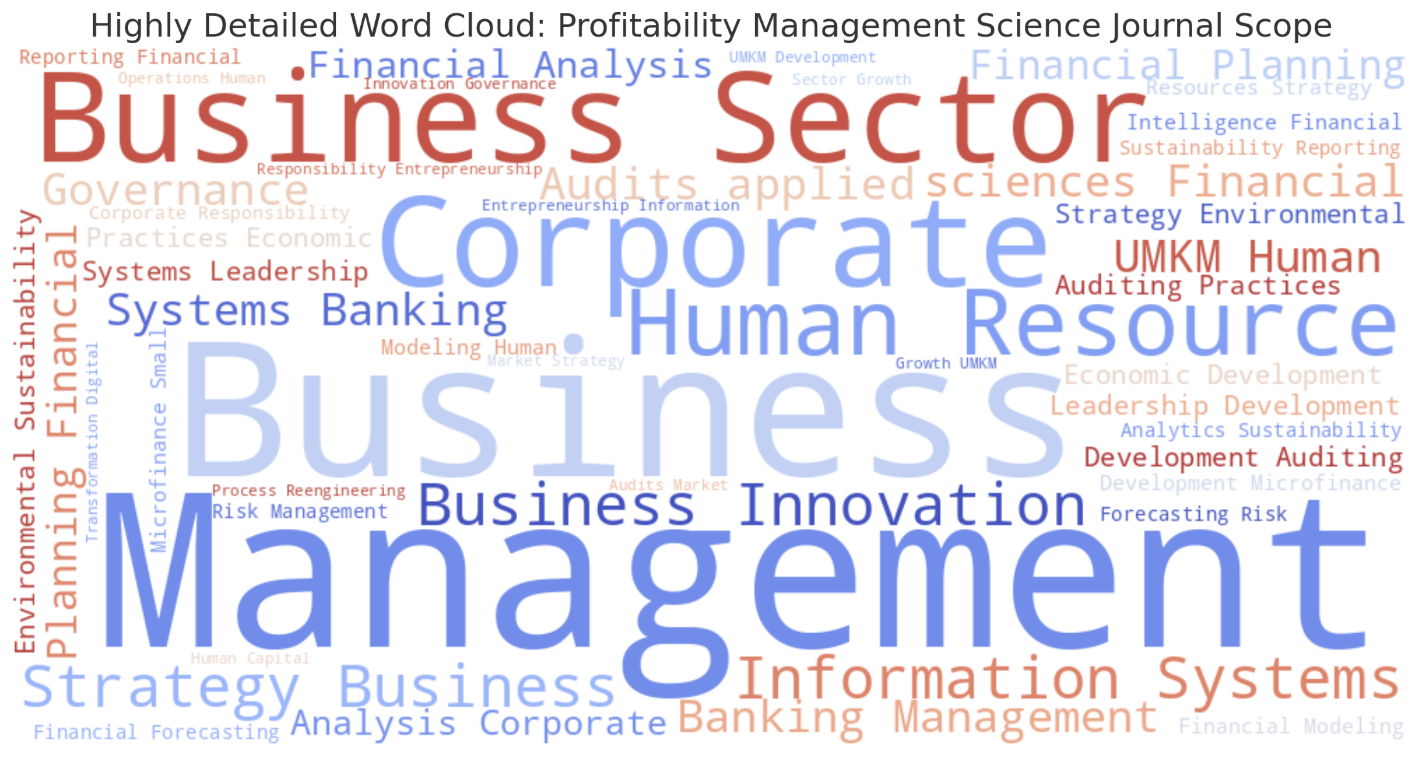ERP Implementation at PT. Main Building Vista
Abstract
Keywords
Full Text:
PDFReferences
Andrianto, A. (2019). Impact of Enterprise Resource Planning (ERP) implementation on user performance: Studies at University of Jember. Journal of Physics: Conference Series, 1211(1). https://doi.org/10.1088/1742-6596/1211/1/012040
Asika, R., & Bonaventure, C. (2020). Effect of Internal Audit Function on Financial Performance of Commercial Banks in Nigeria. | Www.Ijaar.Org Journal International Journal of Advanced Academic Research (Social and Management Sciences) | ISSN, 6(7), 2488–9849. Retrieved from www.ijaar.org
Basheer, M. M., & Watsilla, H. (2010). International Journal of Engineering Technology Research & Management ENTERPRISE RESOURCE PLANNING ( ERP ) SYSTEMS FOR EFFECTIVE ORGANIZATIONAL PERFORMANCE : A CASE OF ERP IMPLEMENTATION AT * Kabir Ismail Umar International Journal of Engineering Technolo. (01), 1–9.
Fan, J. C., & Fang, K. (2006). ERP implementation and information systems success: A test of DeLone and McLean’s model. Portland International Conference on Management of Engineering and Technology, 3(c), 1272–1278. https://doi.org/10.1109/PICMET.2006.296695
Haberli Junior, C., Oliveira, T., Yanaze, M., & Spers, E. E. (2019). Performance, farmer perception, and the routinisation (RO) moderation on ERP post-implementation. Heliyon, 5(6). https://doi.org/10.1016/j.heliyon.2019.e01784
Hindle, T. (2008). Guide to Management Ideas and Gurus. The Economist, 322.
Jenab, K., Staub, S., Moslehpour, S., & Wu, C. (2019). Company performance improvement by quality based intelligent-ERP. Decision Science Letters, 8(2), 151–162. https://doi.org/10.5267/j.dsl.2018.7.003
Jiwasiddi, A., & Mondong, B. (2018). Analysing ERP implementation critical success factors for SME: A study of sap one implementation in Jakarta. Pertanika Journal of Social Sciences and Humanities, 26(T), 139–146.
Kettinger, W. J., Teng, J. T. C., & Guha, S. (1997). Business process change: A study of methodologies, techniques, and tools. MIS Quarterly, (21), 1, 55-80. http://dx.doi.org/10.2307/249742
Klaus, H., Rosemann, M., & Gable, G. (2000). What is ERP? Information Systems Frontiers. Qut, 2(2), 141–162.
Lawrence, P. (1990). Why organizations change, in: A. M. Mohrman et al. (Eds) Large-Scale Organizational. Change, 48–61, San Francisco: Jossey-Bass
Menon, S. (2019). Benefits and Process Improvements for ERP Implementation: Results from an Exploratory Case Study. International Business Research, 12(8), 124. https://doi.org/10.5539/ibr.v12n8p124
Ou, P., Zhao, H., & Zhou, Z. (2018). Does the implementation of erp improve the quality of accounting information? Evidence from chinese a-share listed manufacturing firms. Journal of Applied Business Research, 34(1), 43–54. https://doi.org/10.19030/jabr.v34i1.10090
Putra, D. G., Rahayu, R., & Putri, A. (2021). The Influence of Enterprise Resource Planning (ERP) Implementation System on Company Performance Mediated by Organizational Capabilities. Journal of Accounting and Investment, 22(2), 221–241. https://doi.org/10.18196/jai.v22i2.10196
Talwar, R. (1993). Business Re-engineering Approach. Long Range Planning, 26(6), 22–40.
DOI: https://doi.org/10.26618/profitability.v6i2.8476
Refbacks
- There are currently no refbacks.

Jurnal ilmu Manajemen Profitability Is Licenced Under a Creative Commons Attribution-NonCommercial-NoDerivatives 4.0 International License. Jl. Talasalapang No.20 A, Gn. Sari, Kec. Rappocini, Kota Makassar, Sulawesi Selatan 90221











1.png)